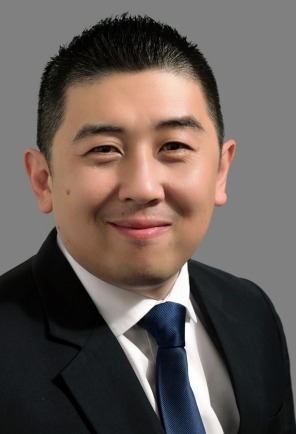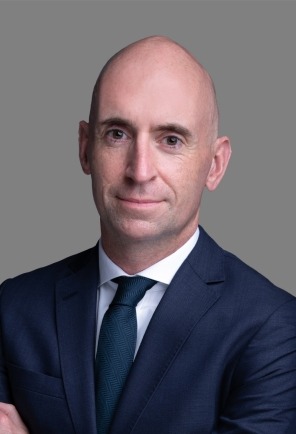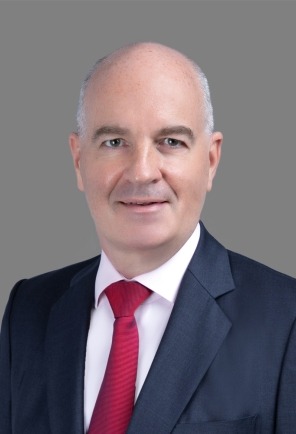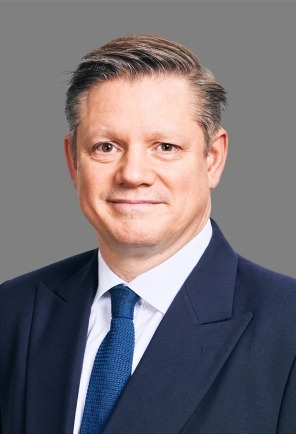The Lifespan of a Global Fraud & Asset Tracing Claim
Eddie Middleton, Keith Williamson, Daniel Barton and Davin Teo from Alvarez & Marsal (“A&M”) together with Justine Lau and Jennifer White from Mourant Ozannes presented a seminar to the Hong Kong Venture Capital Association on a global fraud and asset tracing claim by taking the audience through the stages involved in the often lengthy and complex road to recovery. The following is a summary of the discussion.
Recovering the Vitino Port for BTA Bank
A&M was involved in one of the largest financial fraud cases to come before the English courts, BTA Bank v Ablyazov[1]. BTA Bank fell into serious financial difficulty to the tune of over USD 5 billion as a direct result of fraud, embezzlement, and mismanagement by its former Chairman Mukhtar Ablyazov. BTA Bank sought to recover its assets from Ablyazov, who was a resident of the United Kingdom. One of these assets was the Vitino Port, which is near the White Sea in Russia. In 2013, A&M’s Keith Williamson and Daniel Barton were appointed by the English High Court as receivers over certain entities believed to be controlled by Ablyazov that ultimately owned the Vitino Port. They were to execute the court’s orders to recover the Vitino Port for the benefit of BTA Bank.
Why A&M?
Recovering the Vitino Port did not suit the previous receiver’s risk profile as they did not want to operate an oil and gas port in Russia. “A&M prides itself on the exact opposite, and we like to do things like that”, explained Barton. “This is not the type of risk that everyone would want to take on, and we did not do so negligently. We had a strategy for how we were going to manage that risk.”
Taking Control of the Asset
Taking control of the Vitino Port asset proved challenging. The port was classified as a strategic asset of Russia and by Russian law, strategic assets are not allowed to be controlled by foreigners. A&M managed to find a solution to this problem. “The head company in the chain of ownership of the Vitino Port was in Cyprus, so we took our English receivership order to the Cypriot courts to have it recognised,” said Barton. “We then used the powers of the receivership to appoint ourselves as directors of the Cypriot head company. A&M followed a trail to have the receivership recognised in the relevant jurisdictions from Cyprus to the BVI to Curacao, Belize, Netherlands, until we got to the operating companies in Russia. Since Keith and I are not Russian, we could not appoint ourselves directors of Russian companies, so we put in trusted nominees in Russia”, said Barton. “After the port had been in the hand of fraudsters for many years, we were the good guys turning up.”
Working with the Authorities
A&M built a relationship with the Russian Secret Service (FSB) as they took a keen interest in what was going on at the Vitino port and A&M’s involvement. “This is not necessarily a bad thing”, Barton pointed out. “The authorities can hinder or stop whatever they do not want to happen, but they can also be helpful. That help is often shown through not trying to thwart your actions.” The Russian Federal Anti-Monopoly Commission on the other hand decided that A&M were foreigners in control of this strategic asset, and they opened a criminal case against A&M generally and Barton personally. “This is where it came down to choosing your advisors for the niche tasks, and we were able to get a lawyer and a law firm that had an excellent track record of collaboratively working with the Anti-Monopoly Commission” said Barton.
The Vitino Port case demonstrates A&M’s strategy of building relationships with all stakeholders such as the local government, regional government, security forces and intelligences agencies so that they could carry out their work. “It was the kind of environment where if the authorities want to reject your paperwork for anything, they can do so,” observed Barton. “If you can build a relationship with them, you are much more likely to achieve success.” In the end, BTA Bank managed to get their port back. “We managed to get complete operational, financial, and legal control of the port and eventually transferred the port to the bank’s nominee,” said Barton.
Bringing in the Forensic Investigation Team
Taking a few steps back to when a fraud and asset tracing claim is first identified in a case such as BTA Bank, Williamson explained how “the steps that are taken in the first hours and days are critical to a successful outcome that may take place years later. It is critical to appoint an investigation team that is both independent and has the expertise to conduct the investigation.”
- In terms of independence, that means no involvement with anyone within the organisation that could be implicated in the fraud or with those who may have been trying but failed to detect or prevent the fraud (such as internal or external auditors).
- In terms of expertise, the process should include specialists such as forensic accountants and forensic technologists who are experienced in collecting, preserving, and analysing evidence of fraud. It should also involve lawyers, who are critical in advising both the investigation team and the company in regard to the investigation, on various aspects such as assessing the relevance of evidence, employment issues and taking action to preserve or recover assets.
From an accounting perspective, Williamson explained that forensic accountants:
- Figure out how the scheme has been perpetrated and therefore how money or value has been extracted from the company and where it has gone, as well as whether the fraud is still ongoing (and therefore needs to be stopped)
- Identify relevant evidence to the alleged fraud and preserve it for use in potential legal proceedings
- This includes both hard copy documents and electronic data, and human evidence (i.e. interviews with company staff who can help with the investigation)
- Attempt to trace where potentially misappropriated assets have gone to by following the trail out of the company to other entities or bank accounts, while simultaneously performing research into suspected individuals to understand what assets they own, and whether they could have been obtained through the fraud
- Work with the legal team to obtain and analyse further information on the actual assets through legal proceedings
Williamson stressed the importance of the forensic investigation to the whole outcome. “If we do not gather evidence on both the fraud itself and the assets that may have been misappropriated in a timely, legal, and forensically sound manner, this may jeopardise or limit the avenues available for legal redress.”
Bringing in the Forensic Technology Team
For A&M’s Teo, expanding on the electronic evidence that is collected, it is “all about capturing the data in a timely manner. We can get called in overtly, but we often get called in covertly at night to collect emails and electronic files in a forensic manner to ensure the metadata is not changed. We work with lawyers to identify custodians / individuals who have potentially relevant data. We also look at whether the emails are residing in the cloud and whether it is in another jurisdiction.”
Almost every matter now involves chat messaging data. “We all use various chat applications on our mobile phones such as WhatsApp, WeChat, and Telegram,” observed Teo. “These are all important chat applications for us as investigators, as they can be critical pieces of evidence. We capture chat applications and use them as part of our evidence. We have found that chat programs are a different beast and need to be handled slightly differently to computers. For example, certain chat applications can automatically delete messages after a few seconds or minutes.”
“We at A&M have created ChatView, a tool to reverse-engineer some of these chat programs to obtain not just text messages, but also things like emojis and audio messages. Nowadays, deals can be done with a thumb’s up response to a “do you want to do this deal?” text. Some of the current programs out there extract only the text but cannot extract the emojis. That’s key: to be able to pull the evidence together and provide it to both investigators and lawyers. Eventually, the forensic technologists, lawyers and investigators work together as one team to disclose the documents the lawyers need for their proceedings,” according to Teo.
When asked what the keys to success in fraud and asset tracing claims are, the presenters cited ‘preparation’, ‘speed’, ‘adaptability’, ‘co-operation and resilience’, ‘working with experts and lawyers’ and ‘determination’.
[1] JSC BTA Bank v Ablyazov & Ors [2009] EWHC 2840




